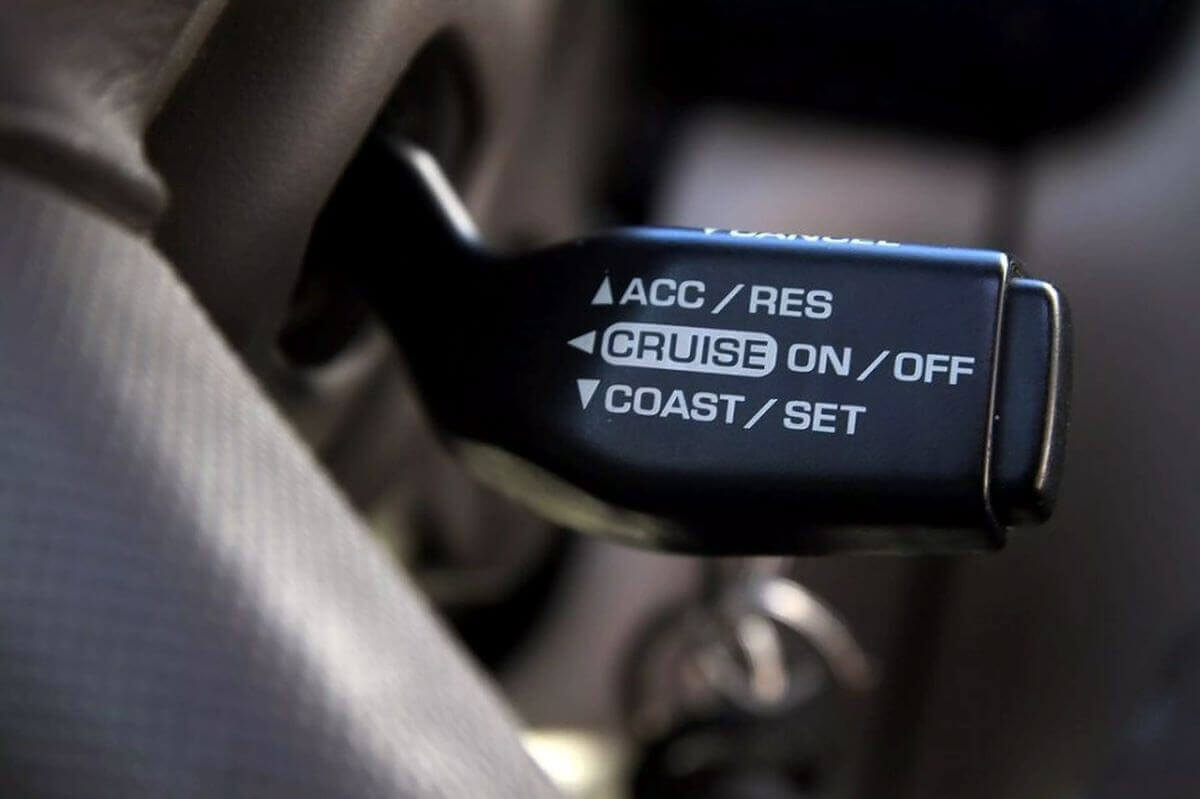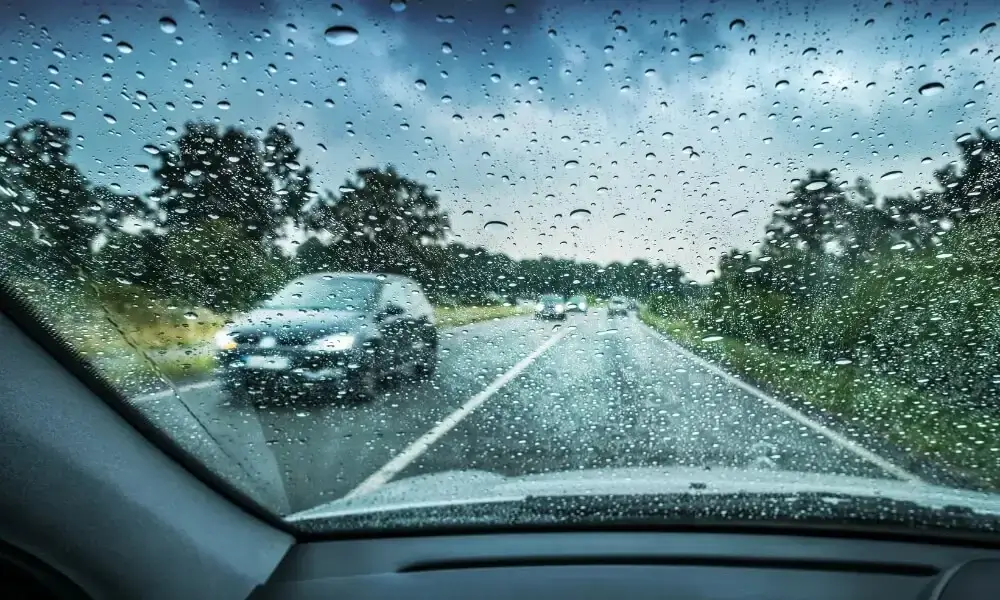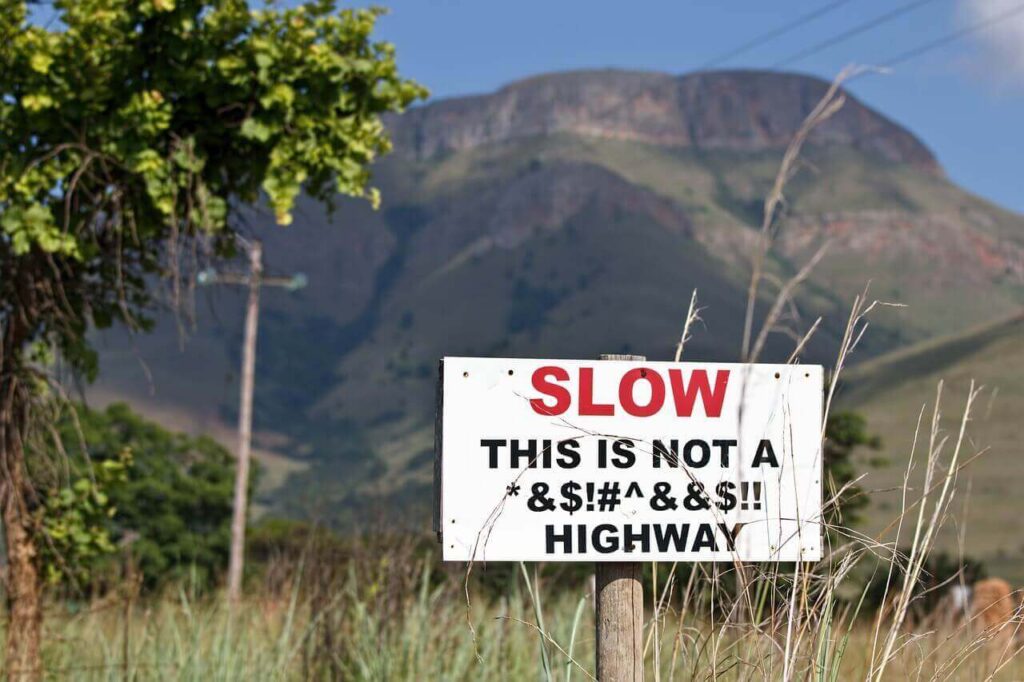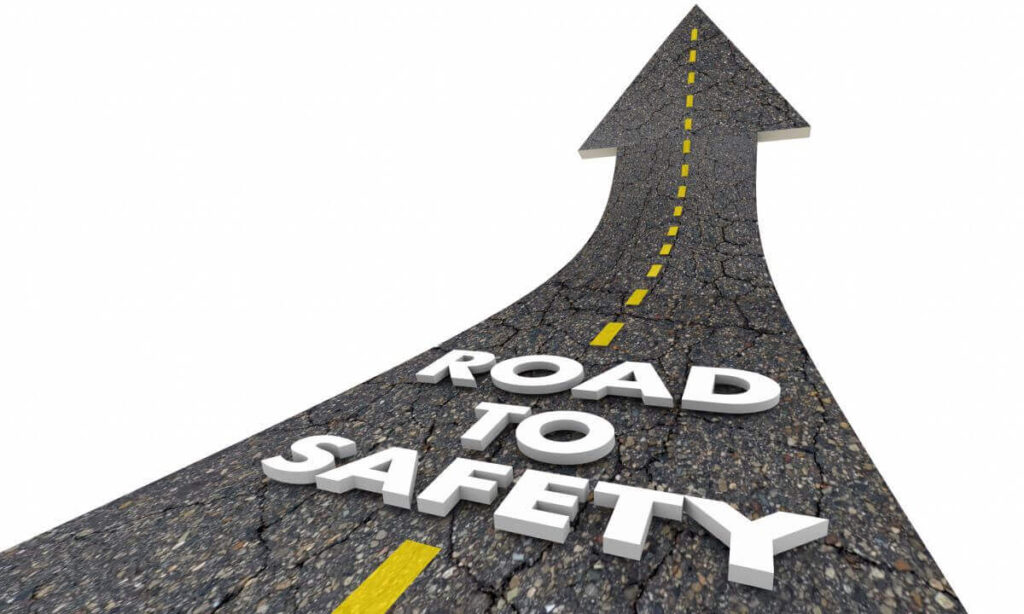Cruise Control have been in cars as early as the 50s. The feature has evolved over time and become more advanced. Today, we have adaptive cruise control that can slow down and accelerate to match the changing speed of the car in front.
Read: Basics Of Defensive Driving
While it is a handy feature to have in our cars as its meant to alleviate foot fatigue on those long journeys, its not wise to use in all conditions. Lets look at ideal instances to use cruise control and when you should not engage it.
When to use cruise control:
- Cruise control is ideal for those long trips on highways with constant traffic and consistent speed. Make sure your foot is resting next to the pedals incase you need to brake suddenly and that you are driving within the speed limit.
- Cruise control works well when the road is largely straight, dry and the weather is clear.
When NOT to use cruise control:
- When the road is slippery or wet. You are more likely to spin, hydroplane and cause an accident. Read our tips on how to safely drive in the rain.
- When you are tired, fatigued or sleepy. You need to be alert when driving, cruise control or no cruise control. So pull over and rest.
- When driving on winding roads. Cruise control maintains a constant speed which will not be safe on a winding road as you have to slow down to maintain control of your car.
- Driving around town or in a traffic jam. A lot of variables come into play in such scenarios such as pedestrians, bodas, overlapping drivers etc. that will require you to engage your brakes constantly.
- If you are not familiar with the dashboard layout of the car. If you are unfamiliar with the car and its various buttons on the dashboard, do not engage cruise control.





